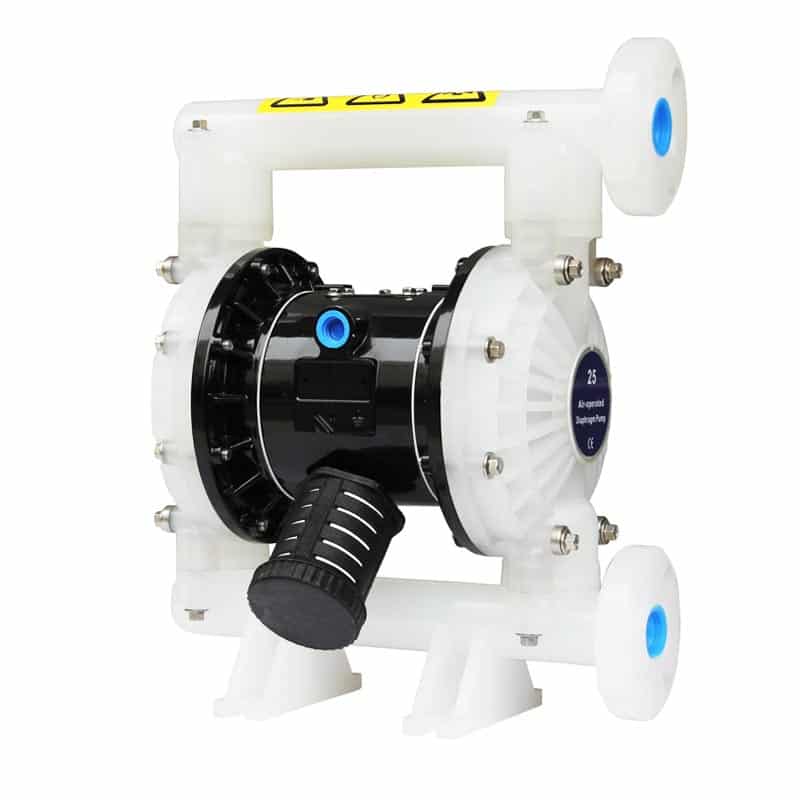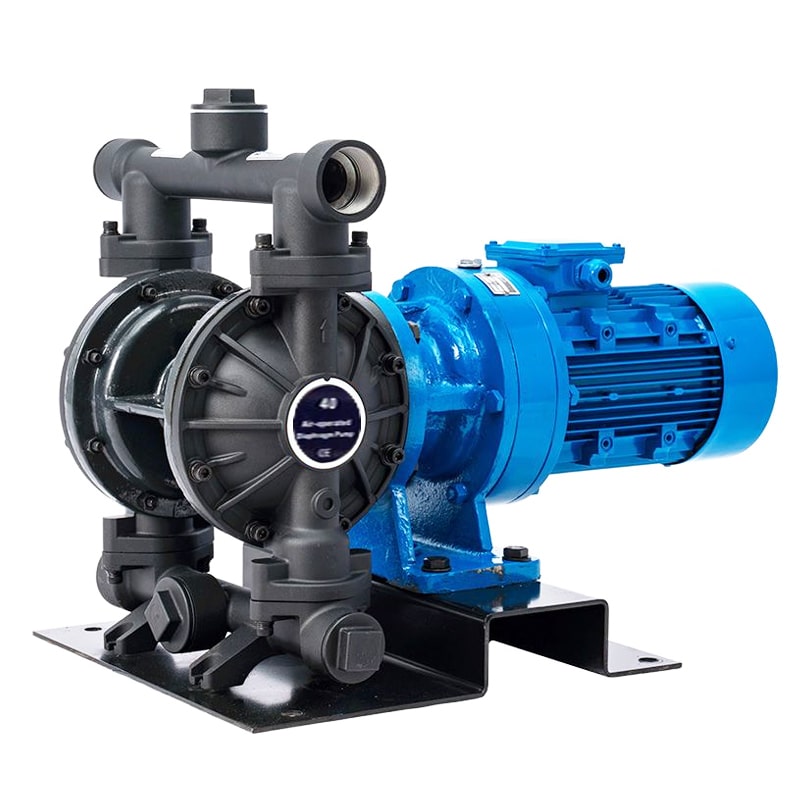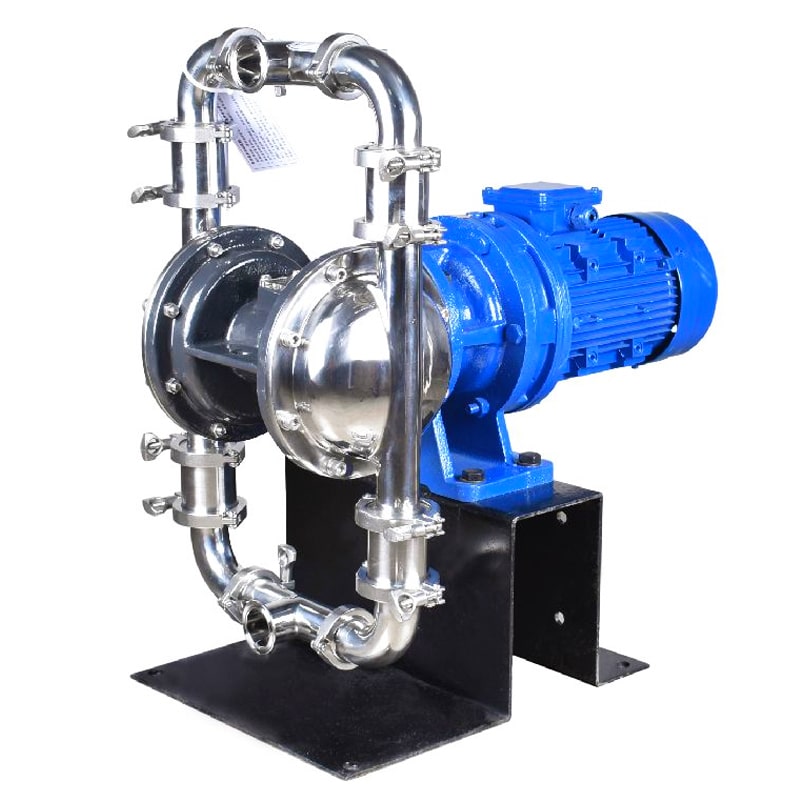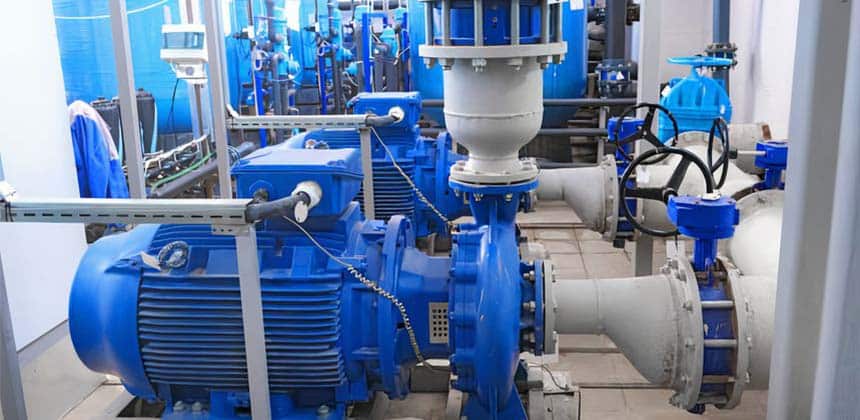Process Pump
A process pump is a type of pump that is used to move fluids and semi-solids in a variety of industrial applications. Process pumps are typically used to move fluids that are not corrosive or abrasive, but they can also be used to move fluids that are hazardous or flammable.
What does process pump consist of?
A process pump consists of the following main components:
- Impeller: The impeller is the heart of the pump. It is responsible for creating the centrifugal force that forces the fluid to flow out of the pump. The impeller is typically made of a metal or plastic and has a series of blades that are attached to the shaft. The shaft is connected to a motor, which rotates the impeller at a high speed.
- Shaft: The shaft is the rotating shaft that connects the impeller to the motor. The shaft is typically made of a metal and is supported by bearings.
- Bearings: The bearings support the shaft and allow it to rotate smoothly. The bearings are typically made of a metal or plastic and are lubricated with oil or grease.
- Seals: The seals prevent the fluid from leaking out of the pump. The seals are typically made of a rubber or plastic and are located between the shaft and the case.
- Case: The case encloses the impeller and other components of the pump. The case is typically made of a metal or plastic and is designed to withstand the pressure and temperature of the fluid being pumped.
- Motor: The motor provides the power to rotate the impeller. The motor is typically an electric motor, but can also be a gas or steam turbine.
May also include
- Strainer: A strainer is used to remove debris from the fluid before it enters the pump.
- Foot valve: A foot valve is used to prevent the fluid from flowing back into the pump when the pump is not running.
- Pressure relief valve: A pressure relief valve is used to prevent the pressure in the pump from becoming too high.
- Temperature sensor: A temperature sensor is used to monitor the temperature of the fluid in the pump.
How does process pump work?
A process pump works by rotating a impeller, which creates a centrifugal force that forces the fluid to flow out of the pump. The impeller is typically made of a metal or plastic and has a series of blades that are attached to the shaft. The shaft is connected to a motor, which rotates the impeller at a high speed.
As the impeller rotates, the blades create a vortex that draws the fluid into the pump. The fluid is then accelerated by the blades and forced out of the pump through the outlet. The pressure of the fluid at the outlet is determined by the speed of the impeller and the design of the pump.
The flow rate of the fluid is determined by the size of the impeller and the speed of the motor. The larger the impeller and the faster the motor, the greater the flow rate.
Some of the most common types of process pumps
There are many different types of process pumps, each with its own specific features and applications. Some of the most common types of process pumps include:
- Centrifugal pumps: Centrifugal pumps are the most common type of process pump. They are used to move a wide variety of fluids, including water, chemicals, and slurries. Centrifugal pumps work by rotating a impeller, which creates a centrifugal force that forces the fluid to flow out of the pump.
- Positive-displacement pumps: Positive-displacement pumps move fluids by trapping a specific volume of fluid in a chamber and then forcing that volume of fluid out of the pump. Positive-displacement pumps are typically used to move fluids that are viscous or have a high solids content.
Positive displacement pumps are generally reciprocating, rotary and screw, with reciprocating pumps being the most common type, moving fluid through the use of a piston, plunger or diaphragm.
AOBL KES25 1″Plastic Diaphragm Pump and KES25 1″Metal Diaphragm Pump reliably convey a variety of fluids, viscous media, corrosive fluids and solids.


In addition to the above two diaphragm pumps, the Electric Diaphragm (EODD) Pump and Sanitary Diaphragm Pump are also positive displacement pumps.


- Axial-flow pumps: Axial-flow pumps are used to move fluids that have a high flow rate and low head. Axial-flow pumps work by rotating a series of blades, which create a force that pushes the fluid through the pump.
Comparison of centrifugal pumps, positive displacement pumps and axial flow pumps
| Type | How it moves fluid | Applications |
| Centrifugal pumps | Centrifugal force | High flow rate, moderate head |
| Positive displacement pumps | Trapping a fixed volume of fluid and displacing it | High head, low flow rate |
| Axial flow pumps | Axial flow | High head, low flow rate |
The benefits of using process pumps
- Process pumps can be used to move a wide variety of fluids.
- Process pumps are typically very efficient, which can save energy costs.
- Process pumps are typically very reliable, which can reduce downtime and maintenance costs.
The limitations of using process pumps
- Process pumps can be expensive to purchase and install.
- Process pumps can be complex to operate and maintain.
- Process pumps can be noisy and create vibrations.
Industrial applications
Process pumps are typically used in a variety of industrial applications, including:

- Water treatment
- Chemical processing
- Food and beverage processing
- Oil and gas production
- Power generation
Summary
Overall, process pumps are a versatile and efficient way to move fluids in a variety of industrial applications. When properly selected and operated, process pumps can provide many benefits to businesses.
AOBL is the world’s leading manufacturer of fluid transfer pumps, producing a wide range of positive displacement pumps, from reciprocating diaphragm pumps to progressive cavity pumps, as well as Air Operated Double Diaphragm (AODD) Pumps, Double Diaphragm Pumps, Filter Press Feed Pumps and Diaphragm Pump Parts & Accessories. We offer the best fluid transfer solution for your application needs, feel free to contact us.

